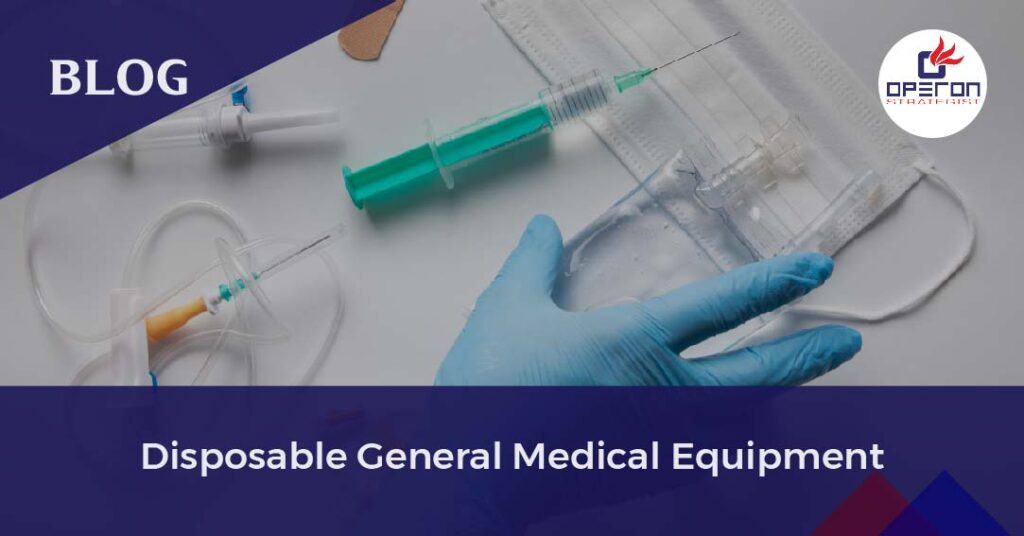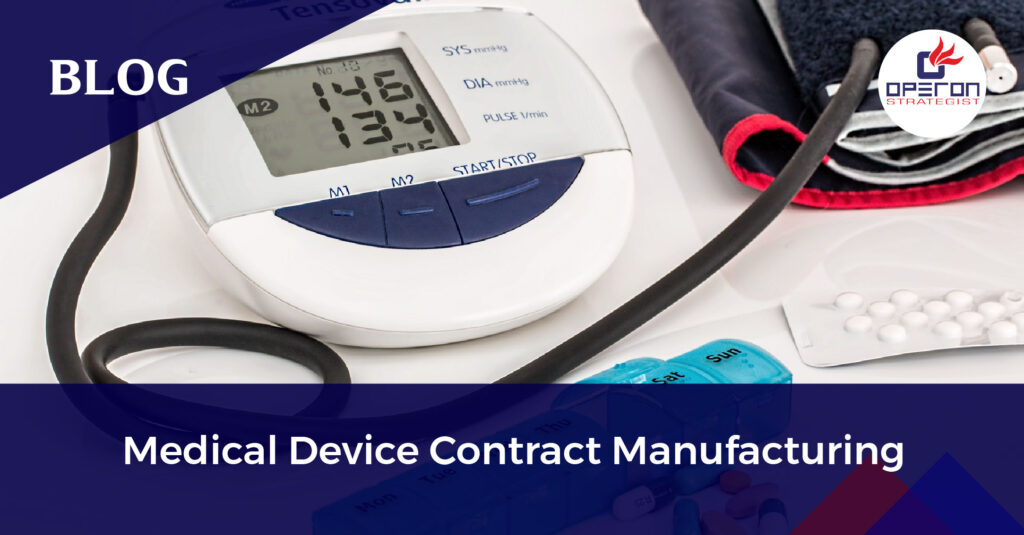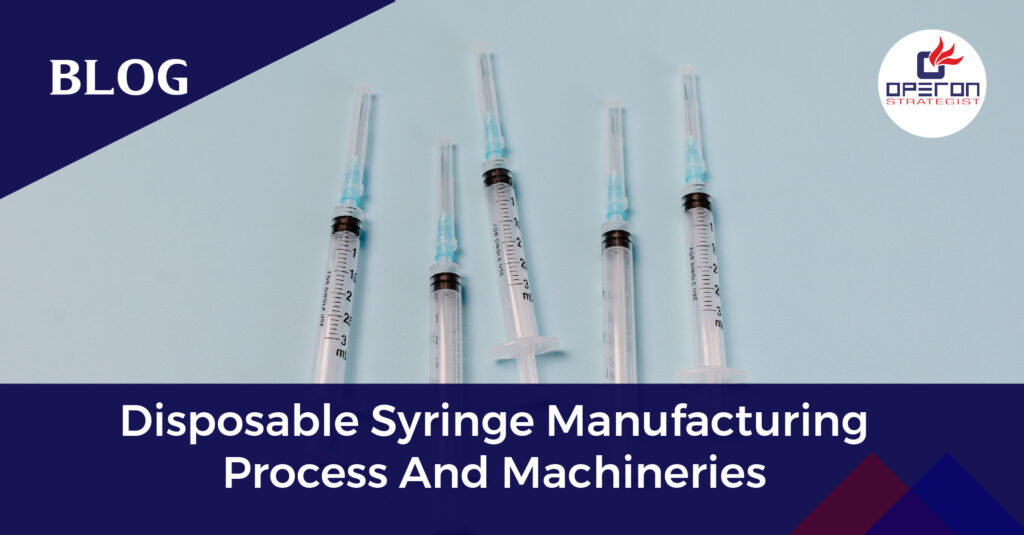Disposable general medical equipment is any medical apparatus intended for one-time or temporary use. Medical and surgical device manufacturers worldwide produce many types of disposable devices. Examples include hypodermic needles, syringes, applicators, bandages and wraps, drug tests, exam gowns, face masks, gloves, suction catheters, and surgical sponges.
The primary reason for creating Disposable general medical equipment is infection control. When an item is used only once, it cannot transmit infectious agents to subsequent patients. One might think the most important factor in the design of Disposable general medical equipment is cost, but disposable medical devices require a careful balance between performance, cost, reliability, materials, and shelf life.
Looking For Medical Device Regulatory Consultants?
- Medical device manufacturing: Operon Strategist is a medical device regulatory consulting company which provides regulatory advisory & guidance to various manufacturers in the healthcare industry to ensure the strategic development of these manufacturers.
- We serve our clients by providing turnkey services, system implementation, training, licensing, regulatory approvals and certifications.
Wish to Start Medical Device Manufacturing
We assist medical device manufacturers for all regulatory approvals, CDSCO license, ISO certifications. Get in touch to know more
In the case of the healthcare industry, products often need to be sterilized before being used, which is especially important if the product has previously been used on another patient. The cost of Disposable general medical equipment is high since the staff doing the work need to be trained professionals.
This makes the cost to reuse very high compared to other industries. Even after rigorous cleaning and disinfecting, the risk of cross-contamination cannot be eliminated completely, which introduces an additional factor: “risk to patient’s health”, which cannot be quantitatively compared to factors “A” and “B”. Disposable general medical equipment assembly depends primarily on injection-molded plastic, assembled by bonding, gluing, ultrasonic welding or radio-frequency welding. The high production volume of single-use devices calls for an automated assembly in clean rooms to minimize human contact.
It is the high reuse cost and the additional risk to patients’ health that has resulted in so many healthcare products being designed as Disposable general medical equipment such as gloves, paper gowns, syringes, and some surgical tools. Some of this waste is considered “hazardous” officially and therefore cannot be legally disposed of in landfills, so almost all healthcare waste is incinerated, including a lot of non-hazardous waste produced by hospitals, which is not kept separately.
Benefits of Disposable General Medical Equipment
- Decontamination – Disposable medical tools ensure a contamination free instrument before each surgery. When a tool comes to the healthcare center pre-sterilized, the decontamination or lengthy sterilization process isn’t needed, therefore saving healthcare centers money.
- Traceability – Once a tool is used, disinfected, and put into storage, its cleanliness isn’t traceable. Disposable, one-time-use tools ensure the ability to account for all pieces of inventory and full traceability. The lot number that each piece has is able to be traced back to the medical manufacturing plant to prevent inconsistencies and issues.
- Supply Logistics – Inventory that is lost, broken, or stolen takes a significant amount of money out of the bottom line of a healthcare center. Single-use instruments allow for supply tracking and ensure there isn’t an abundance of one tool, which can tie up capital.
- Risk Management – Infection and the mitigation of spreading of diseases is one of the highest priorities in a medical facility. Contaminated instruments spread infection, create health issues, and can complicate surgical recovery. When instruments are used once, there is no risk of cross-contamination between patients.
- Cost Allocation – Accounting for each tool used in a surgery helps accurately calculate the cost of each surgery. When using reusable tools, the mix of initial cost, sterilization cost, labor cost, and utilities can make it difficult to accurately account for total cost of procedures.
- Waste – While many argue the amount of waste single-use tools create, the energy, water, detergent, steam, and electricity used to decontaminate reusable tools is more detrimental to the environment than disposable tools.
Advances in manufacturing and automation have decreased the production cost of many products, which has reduced their purchase prices. If this trend continues, products that are now considered too valuable to throw away will become so inexpensive that they will start to be considered Disposable general medical equipment. This could include electrical products and complex surgical tools. Furthermore, once these products are designed specifically to be single-use they can be made from cheaper materials and processes that will bring the price down even more.
-
adminhttps://operonstrategist.com/author/admin-2/
-
adminhttps://operonstrategist.com/author/admin-2/
-
adminhttps://operonstrategist.com/author/admin-2/
-
adminhttps://operonstrategist.com/author/admin-2/





